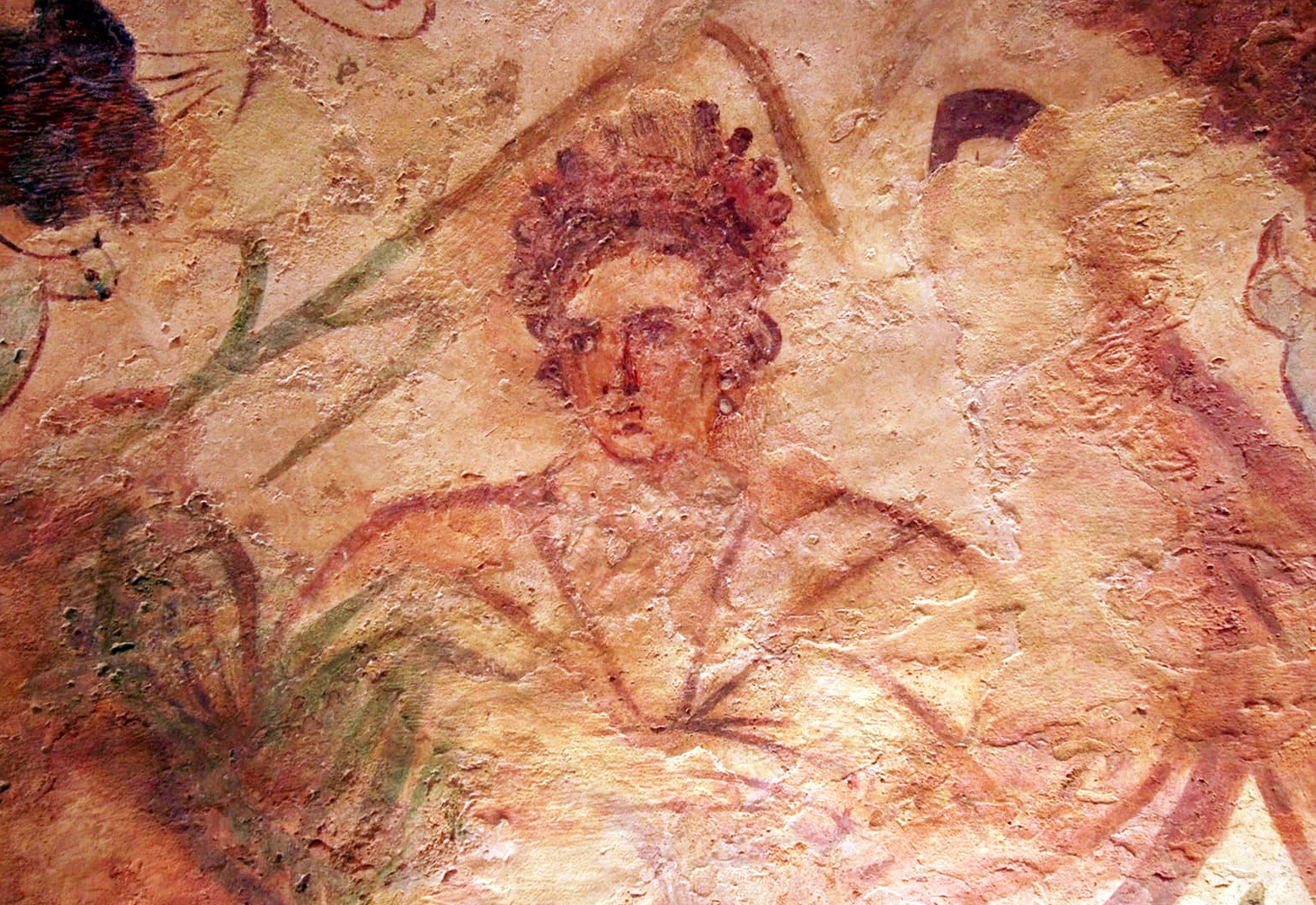Archaeologists from the Israel Antiquities Authority, working in collaboration with the Ashkelon Municipality, have revealed two preserved Roman tombs in Ashkelon, Israel.
Both tombs were originally discovered during the 1930’s, but following a lengthy restoration process, only now are they being unveiled for the first time.
Dating from the Roman period around 1,700-years-ago, the tombs contain murals depicting figures from Greek mythology, such as Aphrodite, Demeter, and the nymphs. They also have scenes with vibrant images of naked men with offerings, birds, and other natural motifs.

Both tombs are located in a garden among residential towers near the Ashkelon Marina, which during antiquity was the site of a Roman city and port.
According to Ashkelon Mayor, Tomer Glam, “Efforts to preserve and showcase historic sites have included making them accessible to the public and organising cultural events.”
Eli Escuzido, director of the Israel Antiquities Authority, praised Ashkelon as a prime example of how ancient heritage can be integrated into urban spaces to enhance public appreciation.
“These 1,700-year-old treasures, located near the Marina amidst residential towers, are being restored and will soon be open to the public. This initiative, a collaboration between the Ashkelon Municipality and the Antiquities Authority, aims to integrate these remarkable heritage sites into the city’s public spaces for the benefit of residents and visitors,” said the Israel Antiquities Authority.
Header Image Credit : IAA
Sources : Israel Antiquities Authority





